
Kód: 01401761
Classical Introduction to Galois Theory
Autor Stephen C. Newman
This book provides an introduction to Galois theory and focuses on one central theme - the solvability of polynomials by radicals. Both classical and modern approaches to the subject are described in turn in order to have the form ... celý popis
- Jazyk:
 Angličtina
Angličtina - Vazba: Pevná
- Počet stran: 296
Nakladatelství: John Wiley & Sons Inc, 2012
- Více informací o knize

Mohlo by se vám také líbit
-
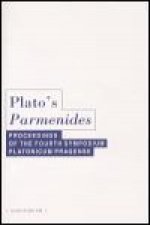
Plato's Parmenides
374 Kč -

200 dní na Tokelau
297 Kč
Darujte tuto knihu ještě dnes
- Objednejte knihu a zvolte Zaslat jako dárek.
- Obratem obdržíte darovací poukaz na knihu, který můžete ihned předat obdarovanému.
- Knihu zašleme na adresu obdarovaného, o nic se nestaráte.
Více informací o knize Classical Introduction to Galois Theory
Nákupem získáte 253 bodů
 Anotace knihy
Anotace knihy
This book provides an introduction to Galois theory and focuses on one central theme - the solvability of polynomials by radicals. Both classical and modern approaches to the subject are described in turn in order to have the former (which is relatively concrete and computational) provide motivation for the latter (which can be quite abstract). The theme of the book is historically the reason that Galois theory was created, and it continues to provide a platform for exploring both classical and modern concepts. This book examines a number of problems arising in the area of classical mathematics, and a fundamental question to be considered is: For a given polynomial equation (over a given field), does a solution in terms of radicals exist? That the need to investigate the very existence of a solution is perhaps surprising and invites an overview of the history of mathematics. The classical material within the book includes theorems on polynomials, fields, and groups due to such luminaries as Gauss, Kronecker, Lagrange, Ruffini and, of course, Galois. These results figured prominently in earlier expositions of Galois theory, but seem to have gone out of fashion. This is unfortunate since, aside from being of intrinsic mathematical interest, such material provides powerful motivation for the more modern treatment of Galois theory presented later in the book. Over the course of the book, three versions of the Impossibility Theorem are presented: the first relies entirely on polynomials and fields, the second incorporates a limited amount of group theory, and the third takes full advantage of modern Galois theory. This progression through methods that involve more and more group theory characterizes the first part of the book. The latter part of the book is devoted to topics that illustrate the power of Galois theory as a computational tool, but once again in the context of solvability of polynomial equations by radicals.Explore the foundations and modern applications of Galois theory§Galois theory is widely regarded as one of the most elegant areas of mathematics. A Classical Introduction to Galois Theory develops the topic from a historical perspective, with an emphasis on the solvability of polynomials by radicals. The book provides a gradual transition from the computational methods typical of early literature on the subject to the more abstract approach that characterizes most contemporary expositions.§The author provides an easily-accessible presentation of fundamental notions such as roots of unity, minimal polynomials, primitive elements, radical extensions, fixed fields, groups of automorphisms, and solvable series. As a result, their role in modern treatments of Galois theory is clearly illuminated for readers. Classical theorems by Abel, Galois, Gauss, Kronecker, Lagrange, and Ruffini are presented, and the power of Galois theory as both a theoretical and computational tool is illustrated through:§A study of the solvability of polynomials of prime degree§Development of the theory of periods of roots of unity§Derivation of the classical formulas for solving general quadratic, cubic, and quartic polynomials by radicals§Throughout the book, key theorems are proved in two ways, once using a classical approach and then again utilizing modern methods. Numerous worked examples showcase the discussed techniques, and background material on groups and fields is provided, supplying readers with a self-contained discussion of the topic.§A Classical Introduction to Galois Theory is an excellent resource for courses on abstract algebra at the upper-undergraduate level. The book is also appealing to anyone interested in understanding the origins of Galois theory, why it was created, and how it has evolved into the discipline it is today.
 Parametry knihy
Parametry knihy
Zařazení knihy Knihy v angličtině Mathematics & science Mathematics Algebra
2532 Kč
- Plný název: Classical Introduction to Galois Theory
- Autor: Stephen C. Newman
- Jazyk:
 Angličtina
Angličtina - Vazba: Pevná
- Počet stran: 296
- EAN: 9781118091395
- ISBN: 1118091396
- ID: 01401761
- Nakladatelství: John Wiley & Sons Inc
- Hmotnost: 616 g
- Rozměry: 163 × 241 × 23 mm
- Datum vydání: 26. July 2012
Oblíbené z jiného soudku
-
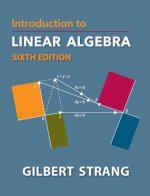
Introduction to Linear Algebra
2427 Kč -
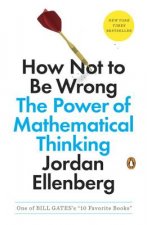
How Not to Be Wrong
296 Kč -

Linear Algebra For Dummies
483 Kč -
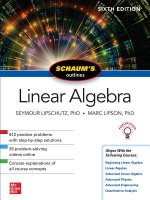
Schaum's Outline of Linear Algebra, Sixth Edition
539 Kč -

Algebra II For Dummies, 2nd Edition
483 Kč -
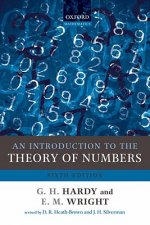
Introduction to the Theory of Numbers
1664 Kč -
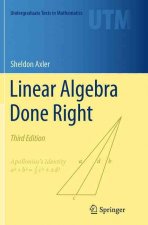
Linear Algebra Done Right
1362 Kč -

Algebra I For Dummies, 2nd Edition
471 Kč -

Schaum's Outline of Elementary Algebra, 3ed
715 Kč -

Schaum's Outline of Abstract Algebra
676 Kč -

Schaum's Outline of Modern Abstract Algebra
710 Kč -
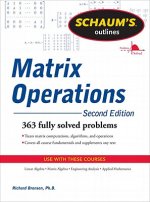
Schaum's Outline of Matrix Operations
598 Kč -

Schaum's Outline of College Algebra, Fifth Edition
410 Kč -

Pre-Algebra
2839 Kč -
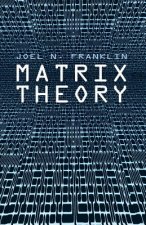
Matrix Theory
410 Kč -

Student Solutions Manual for Gallian's Contemporary Abstract Algebra
1626 Kč -

Linear Algebra Done Right
1324 Kč -

Linear Algebra Done Right
1424 Kč -

Handbook of Mathematical Functions with Formulas, Graphs, and Mathematical Tables
1052 Kč -
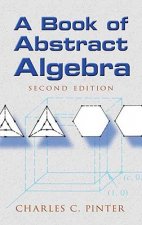
Book of Abstract Algebra
603 Kč -

Theory of Lie Groups
312 Kč -

Manga Guide To Linear Algebra
551 Kč -
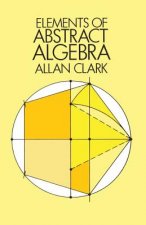
Elements of Abstract Algebra
268 Kč -
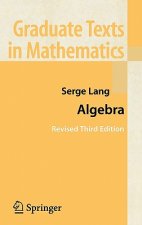
Algebra
1693 Kč -

Algebra II Workbook For Dummies, 3rd Edition with OP
483 Kč -
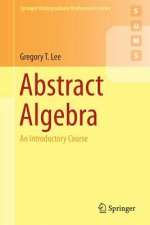
Abstract Algebra
1176 Kč -

Algebra
1296 Kč -
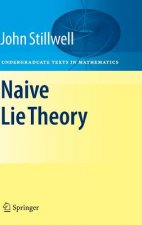
Naive Lie Theory
1162 Kč -
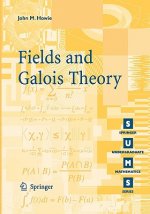
Fields and Galois Theory
1176 Kč -

Boolean Algebra and Its Applications
298 Kč -
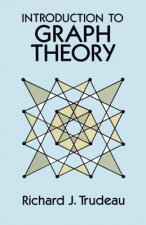
Introduction to Graph Theory
343 Kč -

3,000 Solved Problems in Linear Algebra
872 Kč -
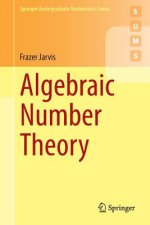
Algebraic Number Theory
1176 Kč -

Head First Algebra
800 Kč -
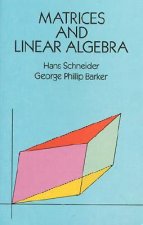
Matrices and Linear Algebra
432 Kč -
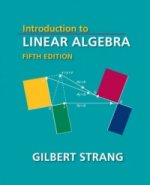
Introduction to Linear Algebra
2212 Kč -
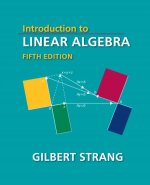
Introduction to Linear Algebra
2645 Kč -
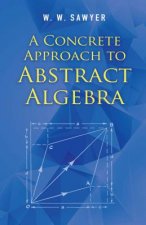
Concrete Approach to Abstract Algebra
343 Kč -
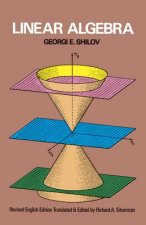
Linear Algebra
499 Kč -

Abstract Algebra 3e (WSE)
4445 Kč -

Basic Math & Pre-Algebra For Dummies Book + Workbo ok Bundle 2e
574 Kč -

Algebra I For Dummies Book + Workbook Bundle, 3rd Edition
574 Kč -
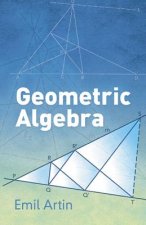
Geometric Algebra
343 Kč -

Finite-Dimensional Vector Spaces
316 Kč -

Mathematics for Quantum Chemistry
366 Kč -

Contemporary Abstract Algebra
2964 Kč -

Student's Guide to Vectors and Tensors
882 Kč -

McGraw-Hill Education Algebra I Review and Workbook
306 Kč -

Abelian Varieties
343 Kč
Osobní odběr Praha, Brno a 12903 dalších
Copyright ©2008-24 nejlevnejsi-knihy.cz Všechna práva vyhrazenaSoukromíCookies



 Vrácení do měsíce
Vrácení do měsíce 571 999 099 (8-15.30h)
571 999 099 (8-15.30h)